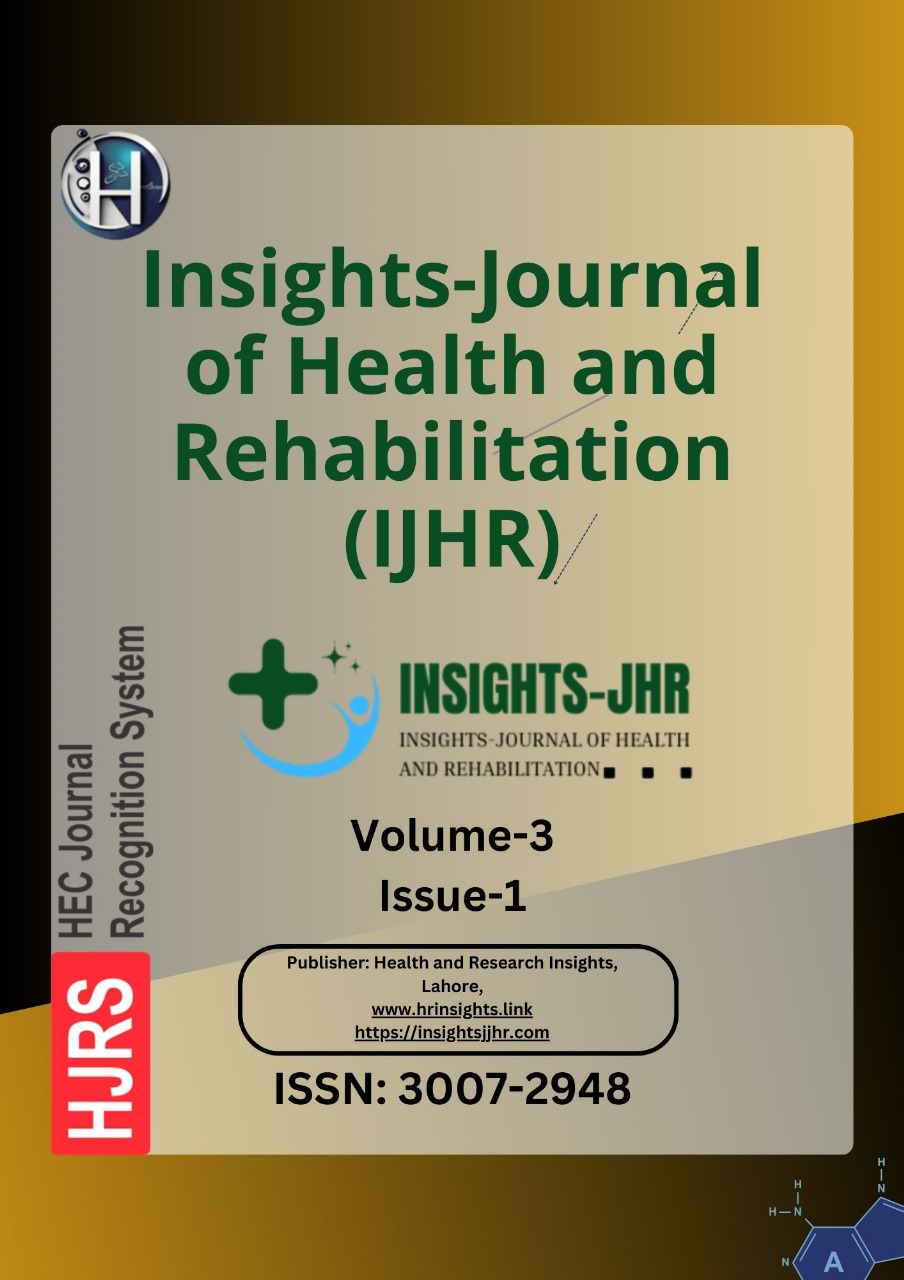CICHORIUM INTYBUS (BEEKHE KASNI):A COMPREHENSIVE ANALYSIS OF TRADITIONAL, PHARMACOLOGICAL, AND NUTRITIONAL ASPECTS
DOI:
https://doi.org/10.71000/5m3p7059Keywords:
Antidiabetic, Bioactive compounds, Hepatoprotective agents, Inulin, Sesquiterpene lactones, Sustainable agriculture, Tumor inhibitorsAbstract
Background: Cichorium intybus L., commonly known as chicory, is a perennial herb of the Asteraceae family with a long-standing history of use in traditional medicine. Originating from Africa and parts of Eurasia, it has been used to treat various health conditions, including liver disorders, digestive ailments, and inflammatory diseases. Its high inulin content has gained significant attention for its role in managing blood glucose levels, particularly benefiting individuals with diabetes.
Body: This review explores the traditional applications, phytochemical composition, pharmacological activities, and nutritional value of Cichorium intybus. The plant exhibits a wide range of therapeutic effects, including antimicrobial, anthelmintic, antimalarial, hepatoprotective, antidiabetic, gastroprotective, anti-inflammatory, analgesic, antioxidant, and antitumor activities. Key bioactive compounds, such as sesquiterpene lactones concentrated in the roots, have been identified as potential agents for drug development. Despite its established safety profile, concerns regarding the toxicity of certain compounds at high doses highlight the need for regulated consumption.
Conclusion: While preclinical studies support its therapeutic potential, clinical trials remain limited but suggest possible benefits in managing joint pain and promoting cardiovascular health. The plant’s adaptability and inulin yield position it as an economically valuable crop for sustainable agriculture. Further research is necessary to validate traditional uses, explore its pharmacological potential, and develop standardized medicinal applications.
Downloads
Published
Issue
Section
License
Copyright (c) 2025 Hamda Tanzeem Khan, Sidra Siddiqui, Syed Tahir Ali, Sana Siddiqui, Muhammad Akhlaq, Muhammad Khaleeq Alum (Author)

This work is licensed under a Creative Commons Attribution-NonCommercial-NoDerivatives 4.0 International License.







